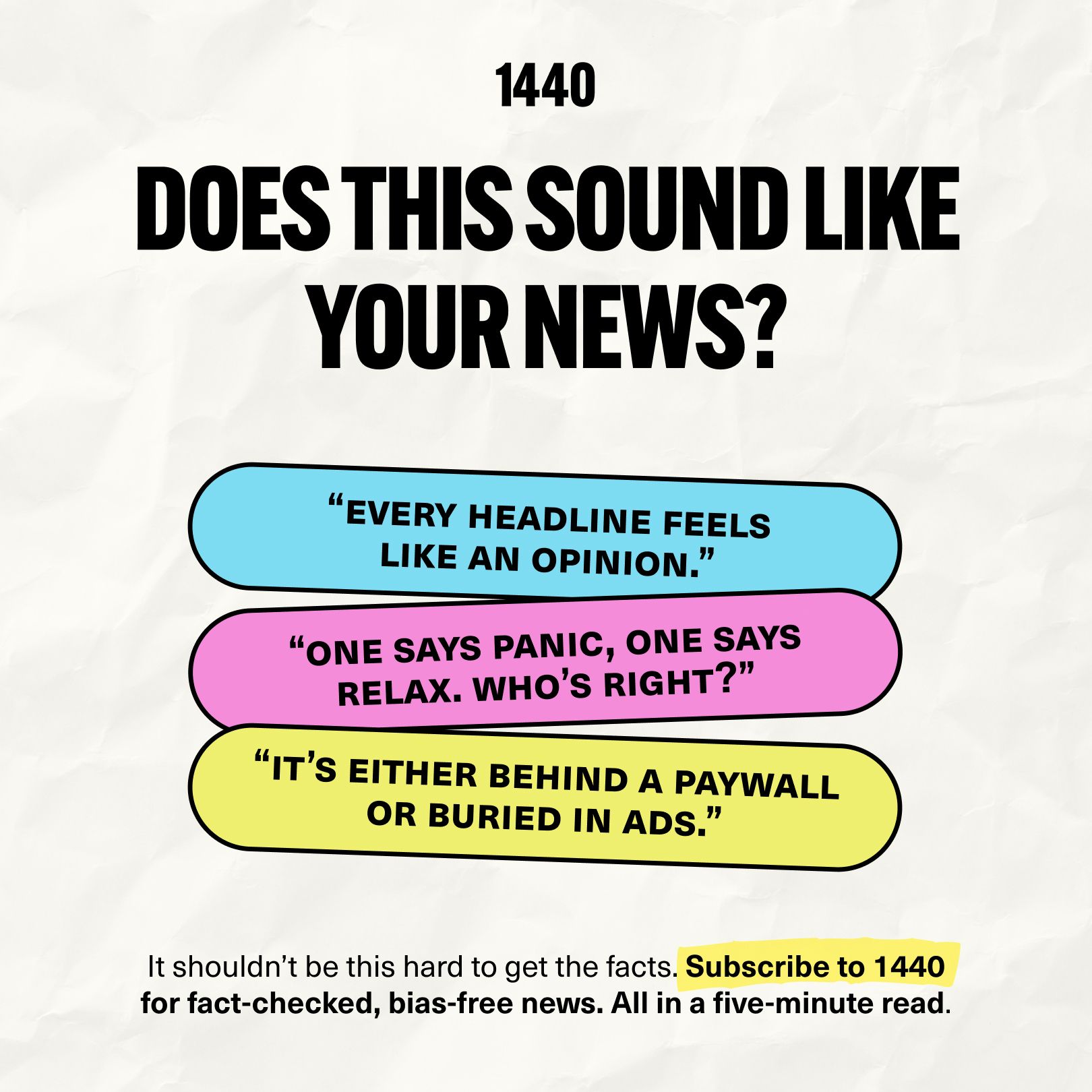Hi!
Welcome back to AIMedily.
Recently, I had the opportunity to test the Variable Stiffness Orthosis (VSO) developed in the Neurobionics Lab at the University of Michigan.
What makes this ankle-foot orthosis remarkable is its ability to adjust stiffness in real time, delivering personalized support based on each patient’s needs. The VSO is available in both adult and pediatric versions. You can learn more through the links.
Now, let’s dive into today’s newsletter.
🤖 AIBytes
Researchers tested whether pairing robotic gait training with a motor-imagery (MI) brain-computer interface (BCI) could enhance cortical modulation and bladder function in people with complete spinal cord injury.
🔬 Methods
Participants: 7 men (15–58 years) with chronic, complete Spinal Cord Injury (ASIA A–B).
Intervention: 24 sessions (12 weeks) of Lokomat® robotic gait training integrated with EEG-based MI BCI.
Participants learned to modulate mu and beta rhythms through neurofeedback while imagining walking.
Assessments:
📊 Results
Bladder function: 6 of 7 participants improved ≥ 5 points on NBSS.
Significant post-therapy decreases in:
Incontinence
Storage & urination
Consequences of bladder disfunction that affects quality of life.
Trunk balance: mFRT significantly improved (p ≤ 0.004).
Sensory scores improved clinicaly in 6 of 7 patients (not statistical).
Retention: Some benefits persisted 30 days post-intervention.

🔑 Key Takeaways
Combining Lokomat training + MI BCI neurofeedback effectively re-engaged sensorimotor rhythms.
Patients significantly improved bladder control and balance.
Reinforced µ/β activity in the EEG suggests cortical reorganisation that may influence both locomotion and urination networks.
💡These findings highlights the neuroplastic potential of BCI + robotic therapy in Spinal cord injury.
🔗 Serafini ERS, Guerrero-Mendez CD, Blanco-Diaz CF, et al. Cortical modulation through robotic gait training with motor imagery brain-computer interface enhances bladder function in individuals with spinal cord injury. Scientific Reports. 2025;15:34633. doi:10.1038/s41598-025-18277-3
Researchers tested whether combining mirror therapy with a rehabilitation robot could enhance arm and hand function and brain activation in patients with right-hemisphere stroke.
🔬 Methods
Design: Single-blinded randomized controlled trial.
Participants: 53 adults with right-hemisphere damage, randomly assigned to:
MRT group (n=17): Robot-assisted mirror therapy
PM group (n=19): Passive robotic movement.
FOT group (n=17): Functional occupational therapy.
10 min × 5/week × 4 weeks
Additionally, all patients received standard therapy.
Assessments:
📊 Results
Upper-limb function and activities of daily living improved in all groups (FMA-UE and Modified Barthel Index).
Upper limb function was significantly higher in Robot Assistive Mirror Therapy compared to the other 2 groups.
Fugl-Meyer Wrist and Hand improved significantly only in the Robot-Assisted Mirror Therapy (p 0.002) and Functional Occupational Therapy (p = 0.017).
Robotic Mirror Therapy reduced cortical activation.

🔑 Key Takeaways
Robot-assisted mirror therapy improves significantly upper-limb and hand function.
fNIRS data suggest MRT may optimize cortical activation and enhance neural efficiency, supporting neuroplasticity.
MRT provides safe, portable, and standardized training, encouraging active participation and engagement.
💡The mirror-feedback + robotic-assistance approach creates a feedback loop that may accelerate recovery.
🔗 Wei Y, Wu L, Huang F, et al. Effects of robot-assisted mirror therapy on motor function and cortical activation in patients with right hemisphere damage. Scientific Reports. 2025;15:33490. doi:10.1038/s41598-025-16686-y
🦾TechTools
A platform that tracks motion in real time using a smartphone camera.
Designed for personalized home rehabilitation programs with real-time feedback.
Includes remote monitoring, electronic record integration, and full HIPAA compliance.
AI private companion that helps you brainstorm, analyze conversations, and gain clarity from your work and meetings.
Organizes your thoughts into structured ideas to improve focus and productivity.
Integrates voice and text, and works in more than 30 languages.
A free app that provides personalized health recommendations by reviewing medical history.
Includes an AI companion that offers private, tailored answers based on your health records.
Allows you to take photos of your meals for real-time feedback and nutrition tips.-
🧬AIMedily Snaps
44% of healthcare and life sciences executives report their organizations are using AI agents. Check this report from Google (Link),
A webinar from Stanford on AI solutions in healthcare (Link).
Microsoft expanded its Dragon Copilot AI clinical assistant to nurses (Link).
The American Medical Association launched the Center for Digital Health and AI (Link).
🧩TriviaRX
Dr. Howard Rusk founded the 1st the first academic center dedicated to comprehensive rehabilitation. Which event inspired his vision?
A. World War I
B. World War II
C. The Vietnam War
D. The Gulf War
Now, the answer to last week’s question:
✅ A) 1985
The first robot-assisted surgery took place in 1985 using the PUMA 560 system during a brain biopsy — marking the beginning of robotic surgery.
Thank you for taking the time to read.
Because better knowledge means better rehab for our patients.
→ Share AIMedily with a colleague,
You can either:
💌Forward this email
📲Share this link on your phone.
Until LLM Friday.
Itzel Fer, MD PM&R
Join my Newsletter 👉 AIMedily.com
Forwarded this email? Sign up here
P.S. If you have any suggestions, feel free to reply to this email.
How did you like today's newsletter?
Looking for unbiased, fact-based news? Join 1440 today.
Join over 4 million Americans who start their day with 1440 – your daily digest for unbiased, fact-centric news. From politics to sports, we cover it all by analyzing over 100 sources. Our concise, 5-minute read lands in your inbox each morning at no cost. Experience news without the noise; let 1440 help you make up your own mind. Sign up now and invite your friends and family to be part of the informed.








